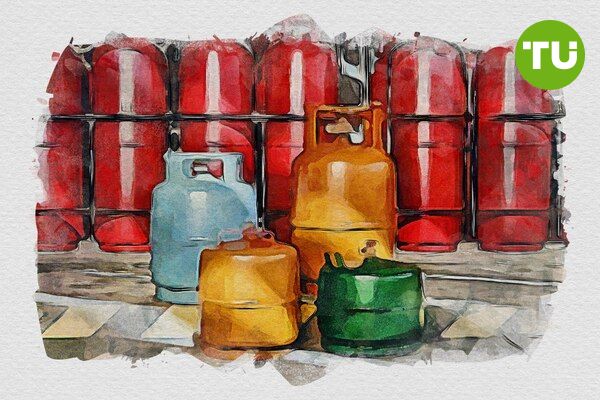Oil prices rise on China manufacturing expansion and U.S. crude drawdown
 WTI climbs as China PMI supports demand
WTI climbs as China PMI supports demand
Oil prices climbed on Tuesday, supported by China's manufacturing sector expansion in December and a projected decline in U.S. crude stockpiles. West Texas Intermediate (WTI) crude traded at $71.65 per barrel, marking a 0.79% rise, while Brent crude rose 0.77% to $74.63.
U.S. crude stockpiles are expected to have dropped by approximately 3 million barrels last week, further supporting prices. However, the market remains cautious, facing challenges such as geopolitical risks, oversupply concerns, and the potential impact of the Trump administration’s energy policies. Annual oil prices are poised for a modest 0.5% decline, reflecting a tight trading range throughout 2024.
USOIL price movement (Nov 2024 - Dec 2024) Source: TradingView.
China’s economic growth supports oil demand
China’s National Bureau of Statistics reported a Manufacturing Purchasing Managers’ Index (PMI) of 50.1 for December, indicating modest expansion despite slipping from November’s 50.3. This data, coupled with planned stimulus measures such as the issuance of $411 billion in special treasury bonds, signals economic resilience in the world’s largest crude importer. These developments have bolstered oil demand sentiment.
Technical indicators highlight bullish momentum
WTI crude has broken out of a triple-top pattern, with prices holding above the pivotal $71.08 level. Resistance stands at $72.12 and $72.84, while support levels are identified at $70.18 and $69.14. Similarly, Brent crude has maintained strength above its pivot point at $74.47, with immediate resistance at $75.32 and downside support at $73.74.
Both WTI and Brent are trading above their 50 and 200 exponential moving averages (EMAs), reinforcing a bullish short-term and medium-term outlook.
In our previous analysis, we explored how potential oversupply in 2025, driven by increased non-OPEC+ production and subdued Chinese demand, could weigh on oil prices. These factors remain critical in shaping the market's trajectory.













































































































































